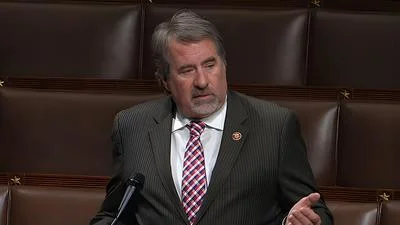Ryan Hass | Director at John L. Thornton China Center | The Brookings Institution website
During a visit to Heilongjiang Province in September 2023, Chinese President Xi Jinping urged the nation to mobilize “new quality productive forces” (新质生产力) to drive economic growth. This message was reiterated at the annual Central Economic Work Conference in December and emphasized by Premier Li Qiang during his annual work report at the National People’s Congress in March 2024. Additionally, on January 31, a coalition of seven ministries led by the Ministry of Industry and Information Technology issued a list of “future industries” (未来产业), which are intended to be major targets for these new productive forces.
This shift marks a significant change in China’s economic policy direction, moving away from the growth-maximizing orientation that prevailed from 1979 until the early 2010s. The new vision prioritizes technology acquisition and development, especially “hard” technologies requiring a substantial industrial and manufacturing base. This approach reflects both historical trends in Chinese economic thinking since the mid-19th century and a Marxist approach to economic policy.
Previously, Chinese industrial policy aimed primarily at achieving mastery in established technologies and self-sufficiency in key areas to resist economic containment efforts by the United States. Now, the focus has shifted towards making China a leader in innovating new technologies through centralized control over capital allocation under what is termed as a “new national system” (新型举国体制).
China’s leadership has long seen technology acquisition as central to economic and national development. This view originated with the mid-19th century Self-Strengthening Movement (自强运动), which aimed to close technological gaps between China and European colonial powers but ultimately failed. Since establishing its government in 1949, the Chinese Communist Party (CCP) has pursued several waves of technology-centered economic development.
In recent decades, policies have included Deng Xiaoping’s “Reform and Opening” (改革开放) starting in 1979, which stressed export-led manufacturing catalyzed by foreign direct investment along with systemic reforms. Subsequent initiatives included programs like the Medium- and Long-Term Plan for Science and Technology Development (2005), Strategic Emerging Industries initiative (2010), Made in China 2025 blueprint (2015), and Innovation-Driven Development Strategy (2016).
Xi’s advocacy of unleashing “new quality productive forces” represents an evolution within this long trend but also introduces new terminology that breaks fresh ground. Firstly, it uses specifically Marxist terms such as "productive forces," signaling an ideological shift from previous technocratic titles. Secondly, it aims for disruptive breakthroughs rather than incremental improvements on existing technologies. Thirdly, it emphasizes centralized coordination via mechanisms like the Central Science and Technology Commission (CSTC) established by Xi.
The CSTC will set broad policy directions while leaving execution to subordinate agencies like the Ministry of Science and Technology. Enhanced public-private cooperation mechanisms are also envisioned but remain largely aspirational at present.
Prospects for success remain uncertain. While there is skepticism about whether this strategy can generate sustained fast GDP growth due to its focus on high-tech sectors amidst broader economic activity dominated by consumer-oriented services, there are reasons for optimism regarding technological advancements. China's dominance in renewable-energy technologies like solar panels is cited as evidence of potential success stemming from similar industrial policies.
Ultimately, China will continue to rely on external markets for its production surpluses despite efforts toward localized supply chains for high-tech goods.





